The Bugs You Want in Your Garden
A healthy ecosystem, as well as a healthy yard and garden, must have insects. They are a crucial part of the biological system and should not be eradicated. Insects feed birds, lizards and other wildlife, assist in pollination efforts, help break down soil nutrients and compost and become soil nutrients/compost themselves when they die.
Beneficial Insects
One of the best ways to control pests in your garden is to encourage their natural enemies. Planting pollen and nectar plants, and providing protection for these beneficial insects, is a basic tenet of organic gardening, and a way to further increase the ecological diversity of your yard. I’ve listed the most common beneficial insects along with tips on attracting them to your yard. If you want to quickly add beneficial insects to your garden or you currently have a insect problem I suggest purchasing beneficial insects from a garden shop or my preferred method, ordering online from Amazon.
Trichogramma is an effective destroyer of caterpillars (which are leaf eaters in the larvae stage) and moth eggs. Some of the moth eggs attacked by the Trichogramma are: bollworms, tobacco budworm, codling moth, corn earworm, alfalfa caterpillar, gypsy moth, cutworm and tomato hornworms. Trichogramma are tiny parasites that lay their eggs inside the caterpillar or moth eggs. They hatch and feed on the pest eggs, killing them. Then they emerge as adults to continue the cycle.
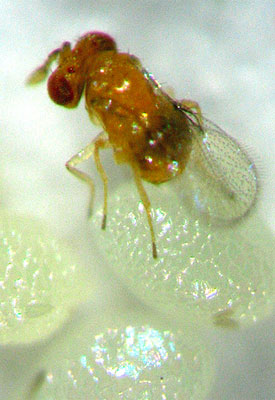
Ladybugs are general predators that feed on a variety of slow-moving insects including Aphids, Moth eggs, Mites, Scales, Thrips, Leaf Hoppers, Mealybugs, Chinch Bugs, Asparagus Beetle larvae, Whitefly and others. Plant angelica, coreopsis, dill, fennel, and yarrow to attract them.
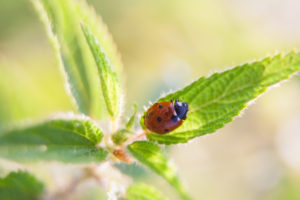
- Soldier Beetles:
The soldier beetle feeds on aphids, caterpillars, and other insects, including harmless and beneficial species. Attract this flying insect by planting catnip, goldenrod, and hydrangea.
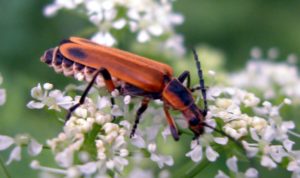
- Aphid Midge:
The larvae of this tiny, long-legged fly feed on more than 60 species of aphids by paralyzing their prey with toxic saliva. Pollen plants will bring aphid midges to your garden.
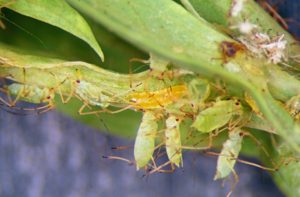
Generally, mantises are good for the garden. but they eat beneficial bugs, too. And if nothing else is available, they’ll eat each other. They eat caterpillars, butterflies, flies, bees, wasps, and moths. Big mantids in the tropics take lizards, hummingbirds, and small frogs. Praying mantises hunt during the day and night. Frequently, they position themselves near porch lights and streetlights to capture moths and other night-flying insects.
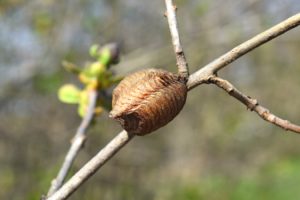
By encouraging beneficial insects, that you can attract or purchase, you eliminate the chemical residue from your crops and you won’t harm needed pollinators such as bees and butterflies. A great book to add to your library, even if you don’t live in Texas, is
Texas Bug Book: The Good, the Bad, and the Ugly by Howard Garrett.
If you have previously sprayed chemical pesticides, give your garden time to balance itself out. Restoring health to an unhealthy environment takes time, work and lots of compost.




